This article may contain affiliate links. See our disclaimer for more information.

Welcome to my guide on how to make a budget planner. Are you tired of struggling to keep track of your finances? Do you want to improve your money management skills? A budget planner can help you achieve both of those goals. By setting financial goals and tracking your income and expenses, you’ll gain a better understanding of your spending habits and be able to make informed financial decisions. In this section, I’ll walk you through the basic steps of creating a budget planner, providing you with the tools and knowledge to take control of your finances.
Why Budgeting is Important for Financial Planning
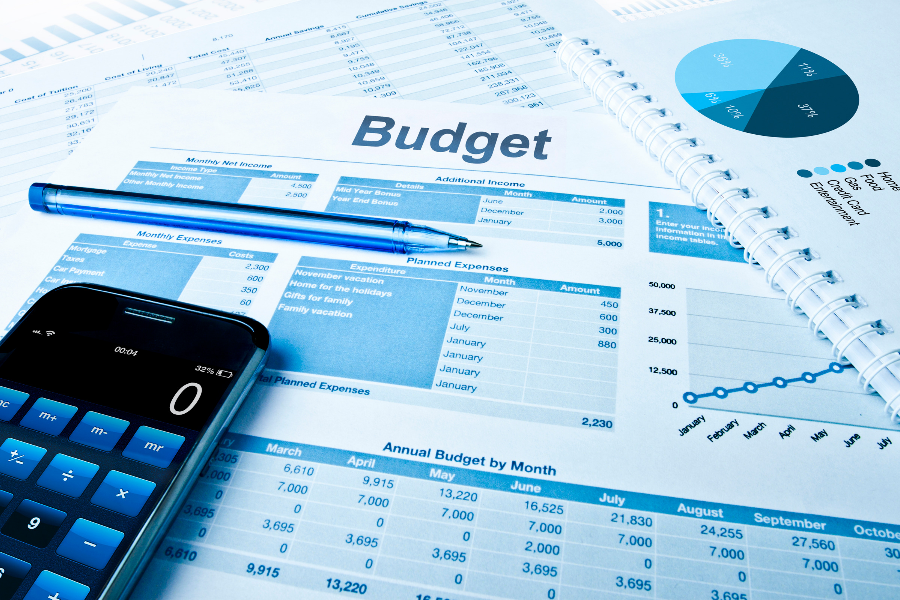
In order to make a budget planner, you need to first understand your finances. Effective financial planning requires a thorough understanding of one’s income, expenses, and spending habits. Budgeting is a critical component of this process, as it enables you to manage your money more effectively and align your spending with your financial goals. By creating a budget and sticking to it, you can gain better control over your finances and avoid unnecessary debt.
Financial planning involves setting realistic financial goals, creating a budget, and tracking your income and expenses. Without a budget, it is difficult to determine where your money is going and how you can improve your spending habits. By prioritizing your spending and allocating funds to different categories, such as housing, transportation, and entertainment, you can gain better insight into your spending patterns and identify areas where you can cut back.
Moreover, budgeting provides numerous benefits that can improve your overall financial health. By following a budget, you can prepare for emergencies, save money for larger purchases or investments, and pay off any outstanding debts. Budgeting also helps you plan for the future and achieve your long-term financial goals.
Overall, budgeting is a crucial aspect of financial planning and money management. By following budgeting tips and strategies and creating a personalized budget plan, you can gain better control over your finances and improve your overall financial well-being.
Choosing the Right Budgeting Tool or Template

When it comes to creating a budget planner, there are numerous budgeting tools and templates available on the market. With so many options, it can be challenging to determine which tool or template is best suited to your needs and preferences. To help you select the right budgeting tool or template to make a budget planner, here are some tips to keep in mind:
Budget Planner Tips
- Consider your budgeting goals: Before choosing a budgeting tool or template, it’s crucial to identify your financial goals. Whether you want to save for a big purchase or pay off outstanding debts, your goals should dictate the features and functions you require from a budgeting tool or template.
- Compare features: With many options available, it’s essential to compare the different features and functionalities of each tool or template. For example, some templates may come with built-in formulas, while others may offer an automated categorization system.
- Assess ease of use: The best budgeting tool or template should be user-friendly, even if you have little experience in budget planning. Look for tools or templates that offer clear instructions and support, ensuring a smooth and convenient budget planning process.
- Check compatibility: Before selecting a budgeting tool, ensure that it is compatible with your preferred budgeting platform, whether it’s a computer, phone or tablet. Compatibility issues can cause problems with synchronization, data backup, and retrieval of important financial records.
- Don’t be afraid to experiment: Choosing the right budgeting tool or template can be a trial-and-error process. It is recommended to test out various options to determine which one is most effective and convenient for your budget planning needs.
By keeping these tips in mind, you can select the best budgeting tool or template that aligns with your financial goals and helps you manage your finances better.
Check out this article to see how I used the Rocketbook, a reusable notebook, to make a budget planner.
Setting Financial Goals

Creating a budget planner starts with setting clear financial goals. These goals should be realistic and achievable, and they should align with your overall financial aspirations. Personal budgeting is all about understanding your financial constraints and finding ways to optimize your money management practices. Here are some budgeting strategies to keep in mind when setting your financial goals:
- Be specific: Your goals should be specific and measurable. For example, instead of setting a vague goal like “save more money,” set a goal to save a specific amount each month or year.
- Set priorities: Determine which financial goals are most important to you, such as paying off debt, saving for a down payment on a house, or investing in retirement savings. Prioritizing your goals will help you allocate your funds more effectively.
- Make a timeline: Setting a timeline for your goals will help you stay on track and measure your progress. For example, if you want to save $10,000 for a down payment on a house, set a timeline of two years to save $5,000 per year.
- Review and adjust: Regularly review your goals and adjust them as necessary. Your financial situation may change, and your goals may need to be adjusted accordingly.
By setting clear financial goals, you’ll have a clearer picture of your overall financial situation and be better equipped to create an effective budget planner that meets your needs.
Track Your Income and Expenses
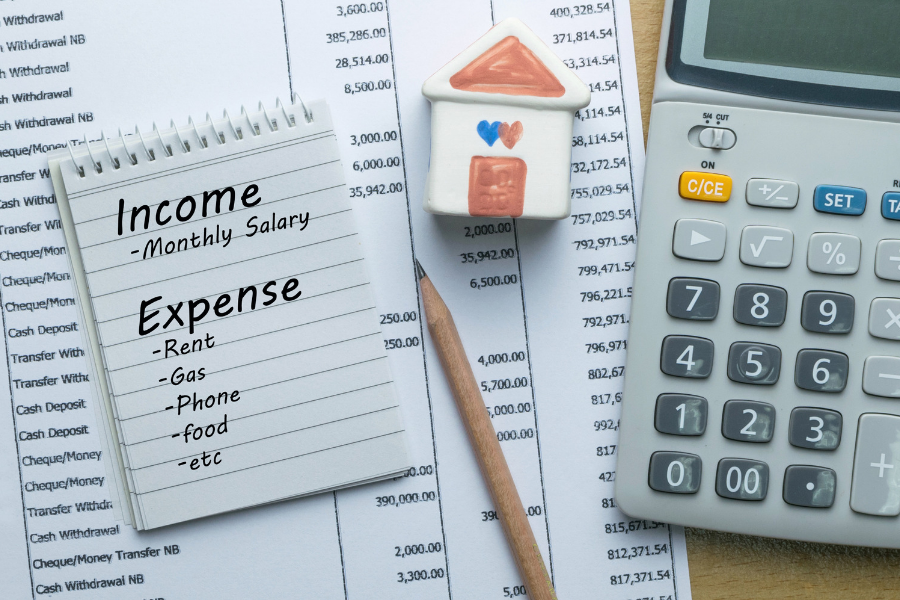
Keeping track of your income and expenses is an essential part of budgeting. By monitoring your financial activity, you can gain a comprehensive understanding of where your money is going and identify areas where you can cut back or save. You’re making a great first step being here to learn how to make a budget planner.
Using a budget tracker is an effective way to keep accurate records of your spending habits. One popular budget tracking tool is Empower, which allows you to sync your accounts, create budgets, and track your expenses all in one place. Another option is the You Need a Budget app, which provides real-time updates and helpful visualizations to help you stay on track.
When tracking your income and expenses, it’s important to be diligent and consistent. Make it a habit to enter each transaction into your budget tracker as soon as possible, so you have an accurate representation of your financial situation. This will enable you to make informed decisions about your spending and savings goals.
Categorizing Your Expenses

Effective budgeting strategies involve categorizing your expenses. This will help you keep track of where your money is going and where adjustments can be made. The following are tips on how to organize your spending into specific categories:
| Category | Description |
| Housing | Monthly rent or mortgage payments, property taxes, insurance, maintenance fees, and utility bills. |
| Groceries | Food and drink expenses from the grocery store or supermarket. |
| Transportation | Gas, car maintenance, public transit fees, or other transportation-related costs. |
| Entertainment | Expenses related to leisure activities, such as concerts, movies, dining out, and hobbies. |
| Healthcare | Insurance premiums, co-pays, and medical expenses that are not covered by insurance. |
| Debt Repayment | Payments made towards outstanding debts, such as credit card bills and loans. |
| Savings | Money allocated towards achieving your financial goals, such as a down payment on a house or retirement savings. |
By separating your expenses into these specific categories, you’ll be able to identify areas where you can trim your spending and allocate more funds towards your financial goals. Remember, adjusting your spending habits is a key component of successful budgeting strategies.
Allocating Funds for Saving and Debt Repayment
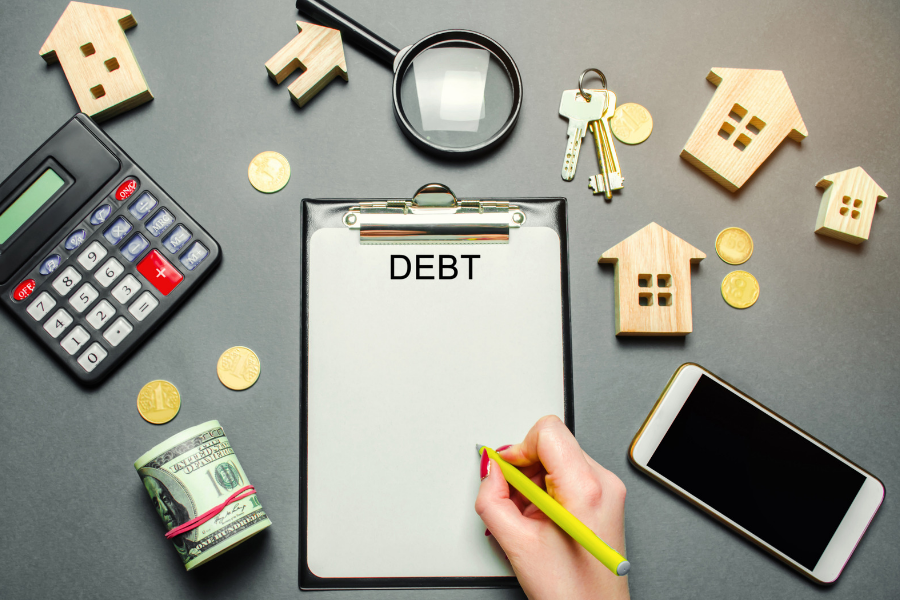
A crucial aspect of financial planning is effective budgeting strategies that allocate funds for saving and debt repayment. As you track your income and expenses, it’s crucial to set aside a portion of your earnings for unforeseen expenses and future investments to help you achieve your financial goals.
But as you learn how to make a budget, you need to determine how much you should save, and how much you should allocate towards debt repayment? It ultimately depends on your current financial situation and long-term aspirations. If you have outstanding debt, considering allocating a larger proportion of your funds towards debt repayment each month while still continuing to save for future expenses.
If your debt is under control, it’s advisable to save at least 20% of your income towards future investments, such as a potential down payment on a home or retirement fund. However, it is important to find the right balance and ensure you are allocating enough funds towards both saving and debt repayment.
Remember, every bit counts, so don’t get discouraged if you are only able to allocate a small amount towards savings or debt repayment each month. Over time, small contributions add up, and you’ll eventually see the benefits of your disciplined financial planning practices.
Reviewing and Adjusting Your Budget
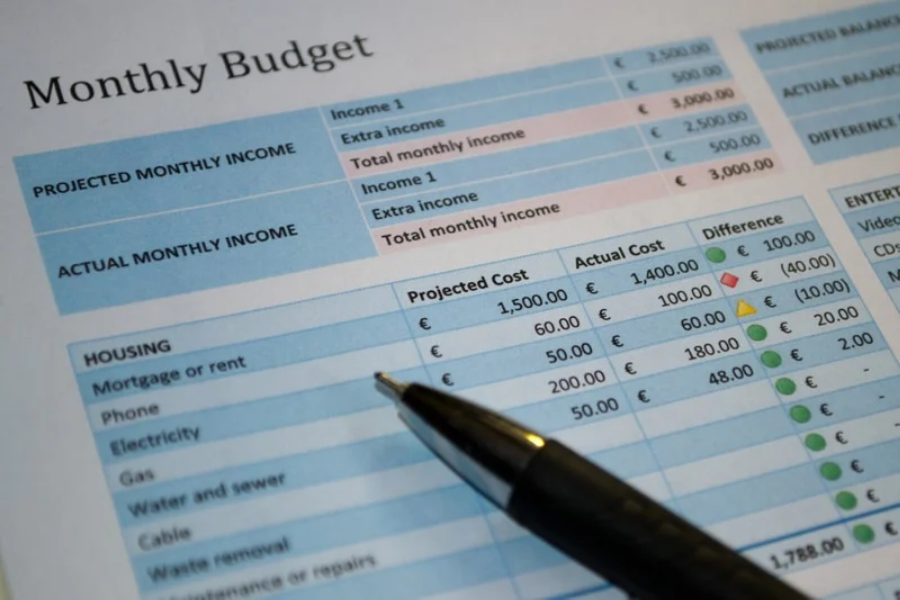
Your budget planner is a dynamic tool that requires regular maintenance to ensure it remains effective in helping you achieve your financial goals. I recommend reviewing and adjusting your budget every month to make necessary changes based on your current financial situation and spending habits.
To start, review your income and expenses for the previous month and compare them to the amounts budgeted. This will help you identify areas where you overspent or underspent, and adjust your budget accordingly.
For example, if you overspent on dining out, you may want to reduce the budget for that category and allocate those funds towards reducing your debt or boosting your savings. Alternatively, if you underspent in a category, you may want to consider adjusting the budget and allocating those funds to an area where you need more financial support.
By taking the time to periodically review and adjust your budget, you’ll be able to identify areas where you need to cut back and increase your savings, or areas where you can comfortably spend more while still staying within your overall financial goals.
Some budgeting tips for reviewing and adjusting your budget include:
- Check your bank statements and credit card statements regularly to track your spending and identify trends.
- Consider adjusting the budget for seasonal expenses, such as holiday gifts or summer vacations.
- Make sure you’re saving enough for emergencies, unexpected expenses, and long-term financial goals.
- Consider setting up automatic payments and transfers to simplify the budgeting process and ensure you’re consistently funding your savings and debt repayment plans.
By regularly reviewing and adjusting your budget, you’ll be able to maintain your financial stability and build a strong foundation for your long-term financial goals.
Utilizing Technology for Budget Planning
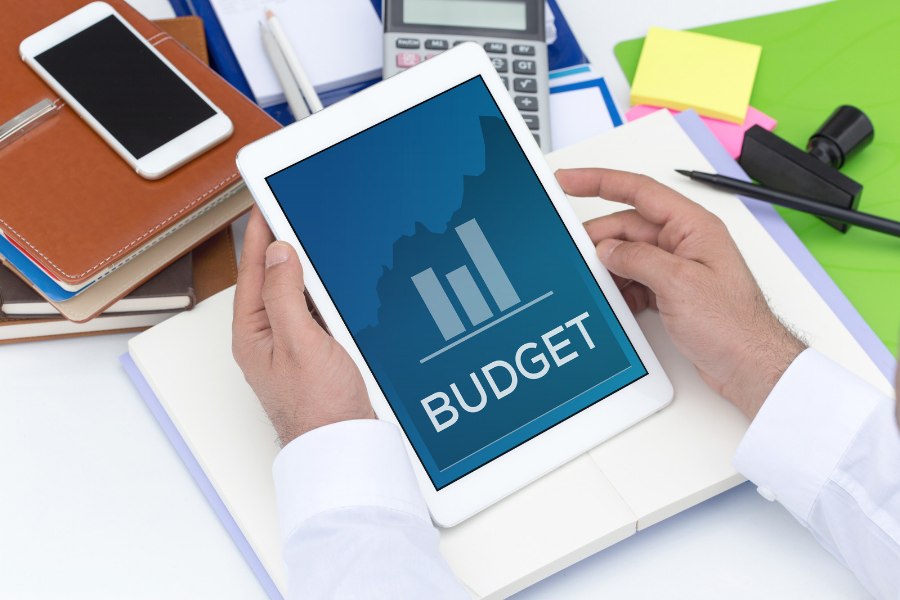
Managing your finances has never been easier thanks to technology. With a variety of budgeting apps and tools available, you can streamline the budgeting process and take control of your finances. One popular budgeting app is the You Need a Budget (YNAB) budget planner, which offers a range of features that can help you manage your money more effectively.
The benefits of using the YNAB budget planner include:
| Benefits | Description |
| Customization | You can customize your budget planner according to your specific needs and preferences, making it more effective for your unique situation. |
| Convenience | The app can be accessed from anywhere, at any time, which means that you can stay on top of your finances no matter where you are. |
| Integration | The app integrates with a variety of other tools, such as your bank account, making it easier to keep track of your income and expenses in real-time. |
Aside from the YNAB budget planner, there are many other budgeting tools and apps available that can help you manage your money more effectively. Some popular apps include RocketMoney, PocketGuard, Goodbudget and Every Dollar.
Each app has different pros and cons, so be sure to do thorough research if you’re looking at how to make a budget planner work for you.
By using technology to manage your finances, you can simplify the budgeting process and gain better control over your money. Whether you prefer to use a budgeting app or a spreadsheet, there’s a tool out there that can help you manage your finances with ease. So why not give it a try?
Conclusion

After following the steps outlined in this article, you now have the necessary tools to create an effective budget planner that aligns with your financial goals and helps you achieve better control over your finances. Remember that budgeting is a crucial aspect of financial planning and can significantly improve your money management skills, allowing you to save for the future and tackle any outstanding debts.
Regularly reviewing and adjusting your budget is essential for maintaining financial stability, so be sure to take the time to periodically analyze your spending habits and make necessary adjustments to your budget planner. Additionally, don’t be afraid to utilize technology, such as budgeting apps, to enhance your money management practices.
Overall, creating a budget planner may seem daunting at first, but it’s a crucial step in achieving financial stability. With dedication and discipline, you can effectively manage your finances and achieve your financial aspirations. Now that you know how to make a budget planner I wish you good luck and happy budgeting!


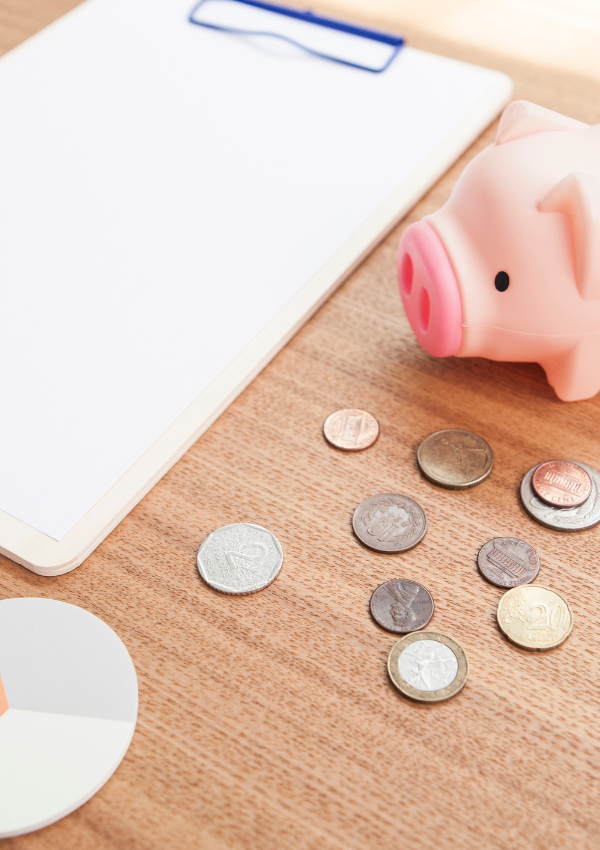
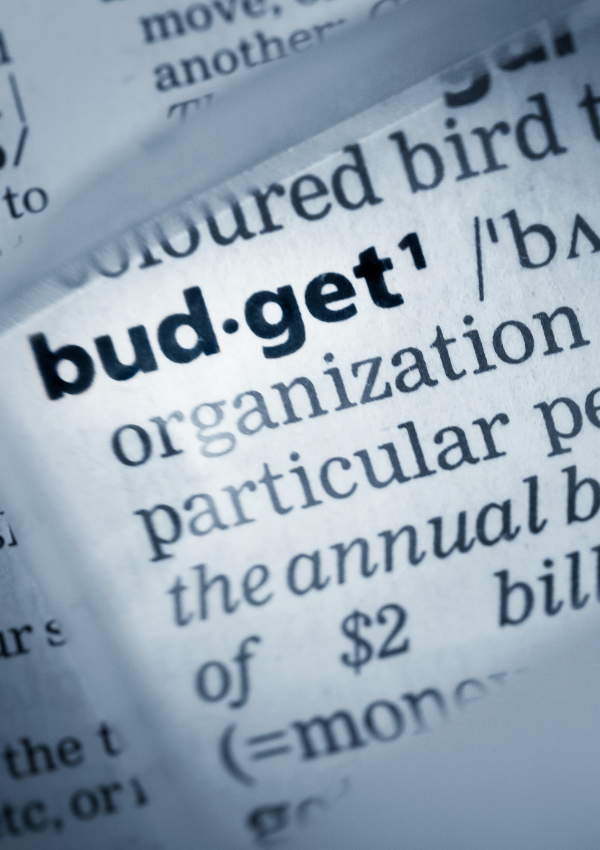
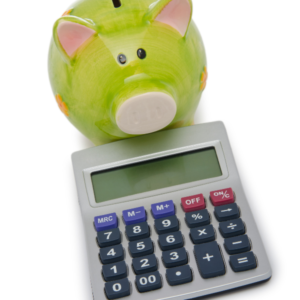

[…] For more on how to make a budget planner check here. […]